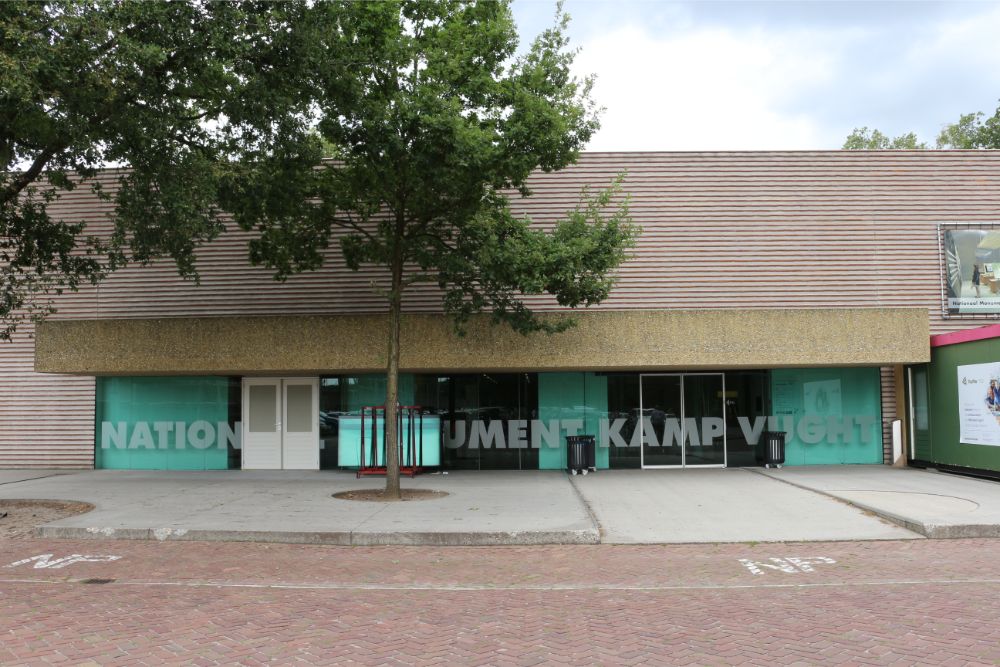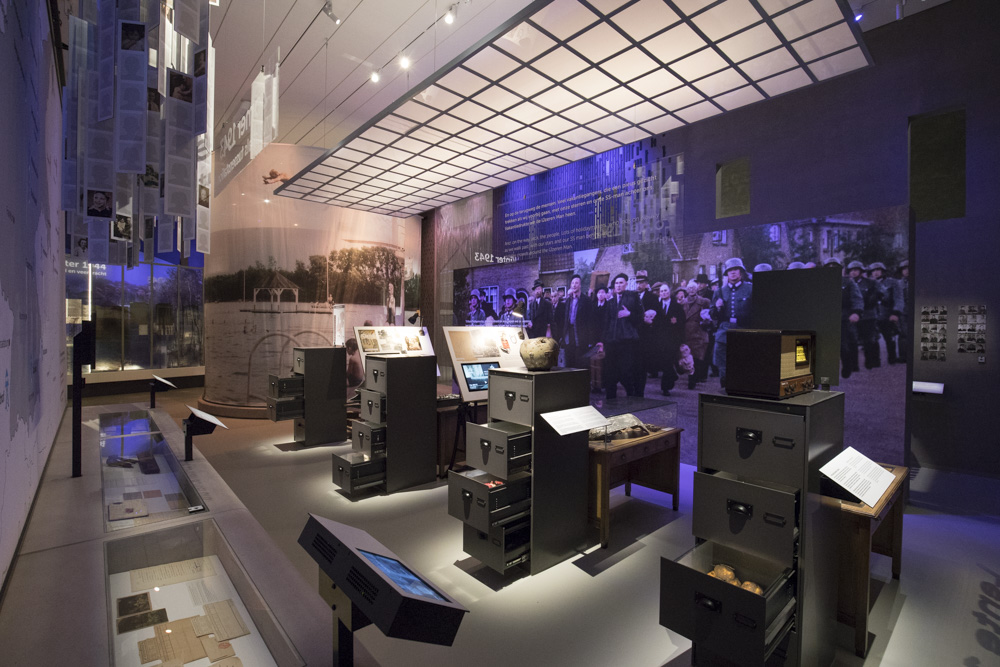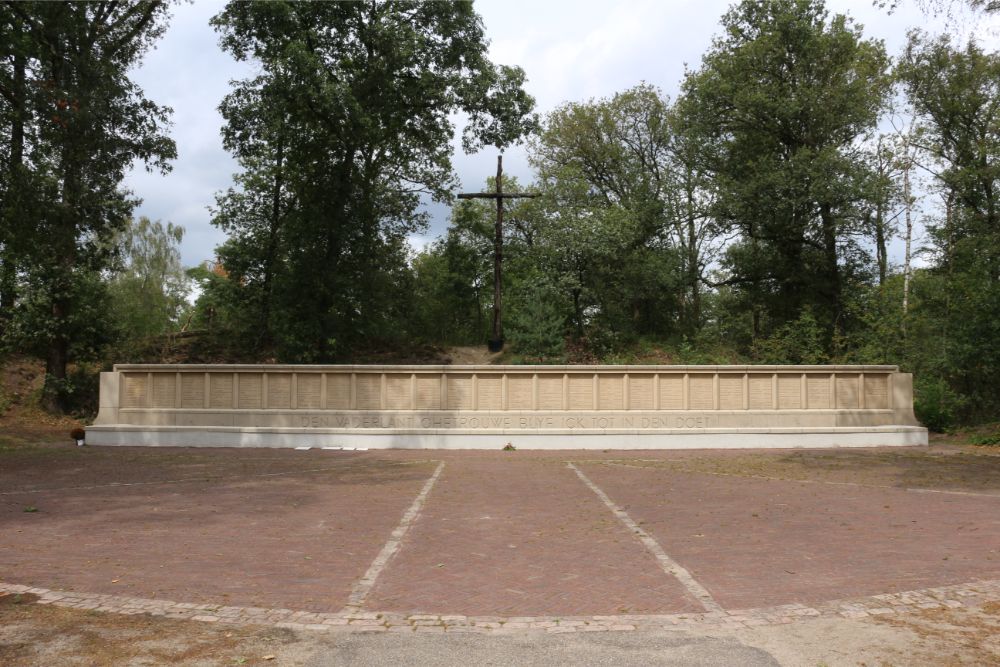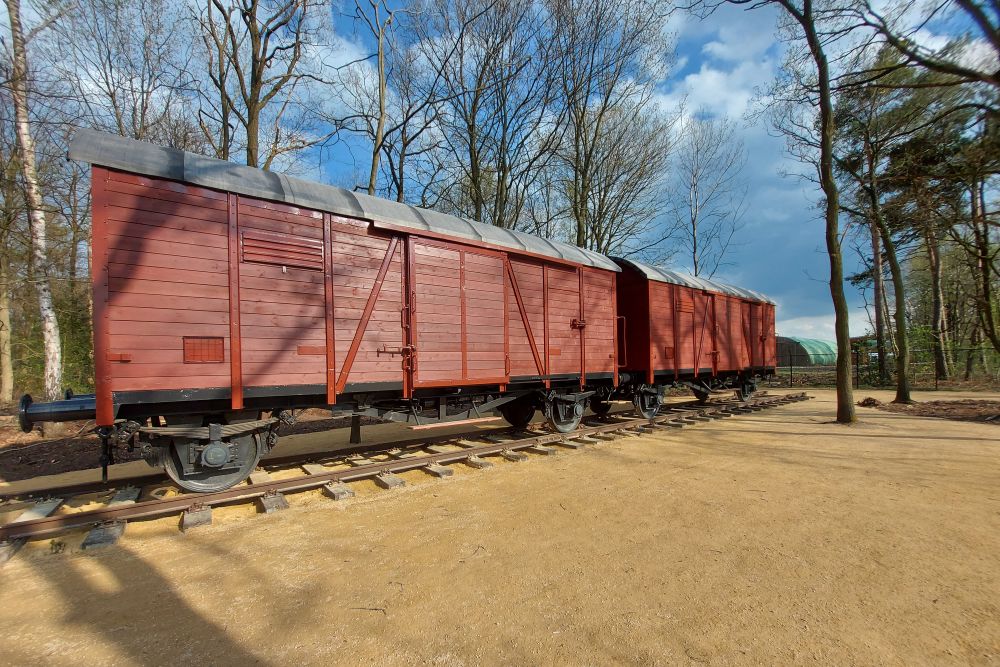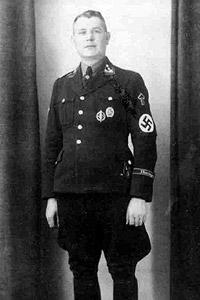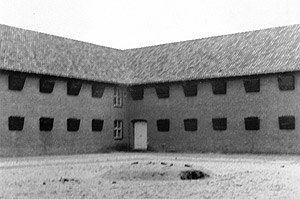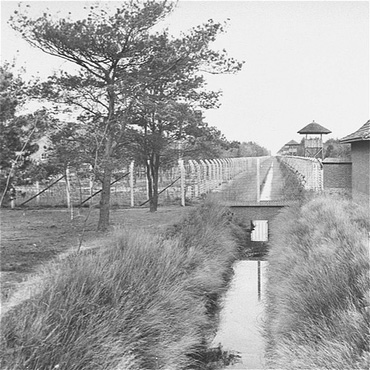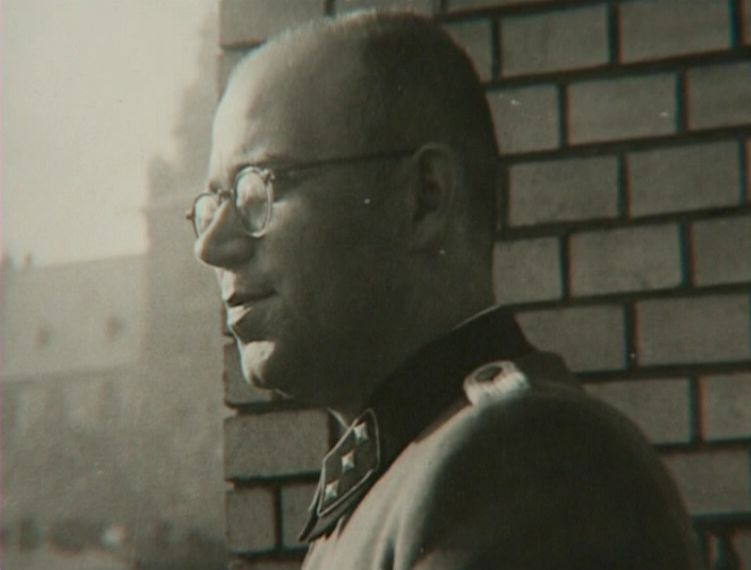National Monument Camp Vught
Camp Vught (Konzentrationslager Herzogenbusch) holds a special Place in Dutch history of the Second World War. It was the only official SS concentration camp in occupied North - West Europe.
Construction of a large concentration camp in the woods at Vught started in May 1942. The first prisoners arrived at the camp before it was finished at the end of 1942. These prisoners came from the camp in Amersfoort, which the Nazis wanted to give up. The famished and abused prisoners arrived at the railway station in Vught and were marched off along the streets.
They were soon followed by thousands of Jews, who were told to report in Vught to supposedly "be put to work". For these Jews, Camp Vught was actually a transit camp. The majority was swiftly relocated to another Dutch transit camp in Westerbork (in the province Drenthe) from where they were transported to the death camps in Poland.
Conditions in Camp Vught were initially deplorable. Hundreds of prisoners died during the first few months as a result of maltreatment, shortage of clothing, lack of food, polluted water and various infectious diseases that were rampant in the overcrowded barracks. Many Jewish children were victims of this. After a while conditions improved simply because nearly all the Jews had been deported and so the camp had more space.
Altogether 749 people lost their lives for various reasons. A large number of them (mostly members of the resistance) were executed in the woods near the camp at the so called 'Fusilladeplaats'. This execution area is open all day and is only a twenty minutes walk from NM Camp Vught.
First and foremost, Vught must be seen as it was meant to be for the Nazis - a 'model camp' - certainly terrifying but not so atrocious that the Dutch population would revolt against the occupier, even more than already was the case. Between July and September 1944 there were at least 329 resistance fighters were shot at the execution place in the woods.
More than 30.000 people had passed through the gates of the camp in the preceding 18 months. When the allied forces arrived, after D-day 6 June 1944, the Germans wanted to clear the camp as fast as possible. Most of the women were transported to the concentration camp in Ravensbrück and the men to Sachsenhausen. On the 5th and 6th September 1944 Camp Vught was practically evacuated. It wasn’t until one and a half month later, on 26th and 27th October 1944 that Vught was liberated. There weren’t many left to be set free. It was almost deserted.
Directly after the liberation, the buildings of the camp were used as an "internment camp" to shut away the "bad" Dutch collaborators. There were also 6.000 evacuated Germans forced to stay in the camp until May 1945. The Canadian Army also utilized of the camp.
The internment camp existed until 1949. In 1951 the living accommodation (barracks) was used to house thousands of Moluccans who were brought in to Holland from South Molucca (a Dutch colony). To this very day there still is a housing estate, "Woonoord Lunetten" on this site of the former camp.
Since the war, important areas of the camp have stayed in use as military barracks. The Royal Engineers Museum is located in the former camp kitchen. The Ministry of Justice still uses part of the former camp as a prison called Nieuw Vosseveld.
For current visiting hours, please visit the website of the museum.
Do you have more information about this location? Inform us!
Source
- Text: Nationaal Monument Kamp Vught
- Photos: Lennard Bolijn (1, 2, 3, 4), Arjan Vrieze (5)
Related books
Nearby
Museum
- Geniemuseum (Engineering Museum) Vught - Vught
- Museum Military Cyclists Collection - Vught
- Memorial Place Haaren - Haaren
Point of interest
- Freight Cars at Camp Vught - Vught
- Reconstruction Railway to Vught Concentration Camp - Vught
- Vught Prison - Vught
Monument
- Kamp Vught Barak 1B - Vught
- Memorial The Bunker Drama Vught - Vught
- Children Remembrance Memorial Camp Vught - Vught
Cemetery
- Ash Pits Wells Camp Vught - Vught
- Jewish Cemetery Berkenheuveldreef Vught - Vught
- Dutch War Grave Roman Catholic Cemetery Cromvoirt - Cromvoirt
Remembrance Stone
- Memorial Stone Zuidoosterlaan 9 - Vught
- Memorial Stone Van Berestijnstraat 8 - Vught
- Memorial Stone Wilhelminalaan 19 - Vught

